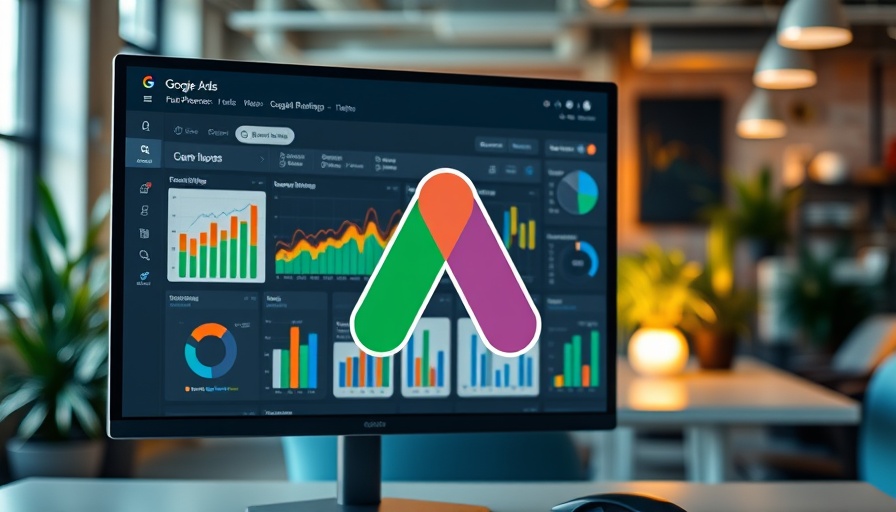
Unlocking Transparency with Google Ads’ New Reporting Features
The evolution of Google Ads has reached a pivotal point, especially for advertisers utilizing the Search Partner Network (SPN). With the much-anticipated introduction of full placement reporting, marketers are finally poised to gain the level of transparency they've long sought in their ad campaigns. This new functionality, which allows advertisers to see precisely where their ads appear within the SPN, addresses a vital need that has existed for over two decades.
What You Can Expect from Full Placement Reporting
Previously, many advertisers found themselves in a fog regarding the performance of their ads on SPN sites. The lack of visibility led some to disable SPN ads altogether, fearing misalignment with their brand values and poor campaign performance. Now, Google Ads is rolling out a game-changing feature that provides a comprehensive list of sites where ads are served, along with crucial impression data. Advertisers can leverage this information not only to enhance their strategies but also to ensure their ads align with their brand's suitability needs.
Enhanced Control: A Double-Edged Sword?
While the introduction of full placement reporting is a significant advantage, it also raises critical questions among advertisers. Comments from industry experts suggest a mix of excitement and concern about the implications of this feature. For instance, as PPC strategist Greg noted, the development of reporting tools allows advertisers to tailor their placements by excluding sites that don’t meet their content standards. However, this newfound clarity might come with hidden challenges, like the potential discontinuation of older campaign types that many advertisers rely on.
The Future of Google Ads and Advertiser Independence
Google’s shift toward transparency echoes a more extensive trend in digital advertising. As marketers become increasingly aware of data-driven decision-making, the demand for insights into ad placements will likely shape the future of campaign strategies. This evolution reflects a larger shift towards utilizing artificial intelligence in marketing, creating opportunities for advertisers to enhance efficiency through informed decision-making. The question remains: will Google continue to prioritize advertiser autonomy, or will the platform push users towards AI-driven campaign types that may not yet offer the same level of clarity?
Why This Matters for Small Business Owners and Marketers
The implications of full placement reporting extend beyond statistics. Small business owners and marketers can harness this data to optimize campaign performance effectively. Enhanced reporting translates into optimized ad placements, which can significantly improve return on investment (ROI) through tailored strategies aligned with fundamentals of consumer behavior. With these insights, businesses can engage their target audience more precisely, leading to higher conversion rates.
Practical Tips for Navigating the New Reporting Landscape
As this feature unfolds, small businesses and agencies should consider developing a proactive approach to leveraging full placement reporting. Here are a few actionable tips:
- Monitor Your Data Regularly: Use the new insights to gauge the effectiveness of your placements on SPN sites.
- Test and Learn: Conduct A/B tests using different site placements to find what resonates best with your audience.
- Engage with Community Feedback: Join forums and utilize social media to stay informed about common experiences and branding strategies from other advertisers.
Conclusion: Embrace the Change
In closing, the rollout of full placement reporting for the SPN signifies a turning point for Google Ads users. Understanding where and how ads perform is crucial for any marketer looking to build effective campaigns in an increasingly competitive marketplace. As businesses adapt to this new landscape, leaning into data-driven strategies will be imperative. So, whether you’re a small business owner or a seasoned marketer, embrace this change, dive into your data, and position yourself ahead of the curve.
Ready to optimize your online marketing strategy further? Begin by analyzing your ad performance with the new features from Google Ads and discover how you can elevate your campaigns today!
 Add Row
Add Row  Add
Add 




Write A Comment